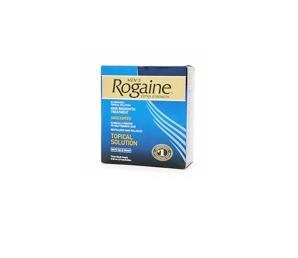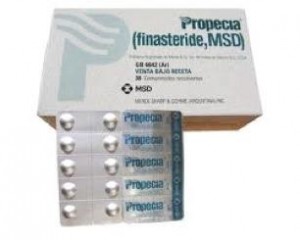Rogaine and Propecia- Do They Grow Hair?
Rogaine

Rogaine is also known as Minoxidil. It is available over the counter as a topical solution which must be applied morning and night. Full effects are usually evident within a four month timeframe.
Rogaine is a vasodilator that helps increase blood supply to hair follicles. It can be used for androgenic alopecia (pattern baldness) and alopecia areata (caused by autoimmune disfunction).
The exact mechanism behind how the medication works is not clear. It was originally intended to treat high blood pressure. However, one of the side effects noticed in clinical studies was hair growth.
The ability of Rogaine to help grow hair is not consistent across everyone. 85% of the male subjects in a 16 week study experienced hair growth. 60% of female subjects were able to grow hair after 32 weeks.
Hair growth from this product only occurs in the crown area and not the hairline. However Rogaine’s effectiveness is in preventing further loss.
Propecia

Propecia is also known as Finasteride, which is available as a prescription in pill form. Effects can be seen in 3 months to about a year. This medication works by inhibiting DHT, which is a breakdown product of testosterone. Patients with androgenic alopecia, or pattern baldness have hair follicles that are sensitive to DHT. Their hair shafts fall out as a result. Propecia cannot be taken by women.
Like Rogaine, Propecia can only grow hair in the crown area, if at all. However it also prevents the progression of baldness. So discontinuing either product will worsen the condition of hair loss.
